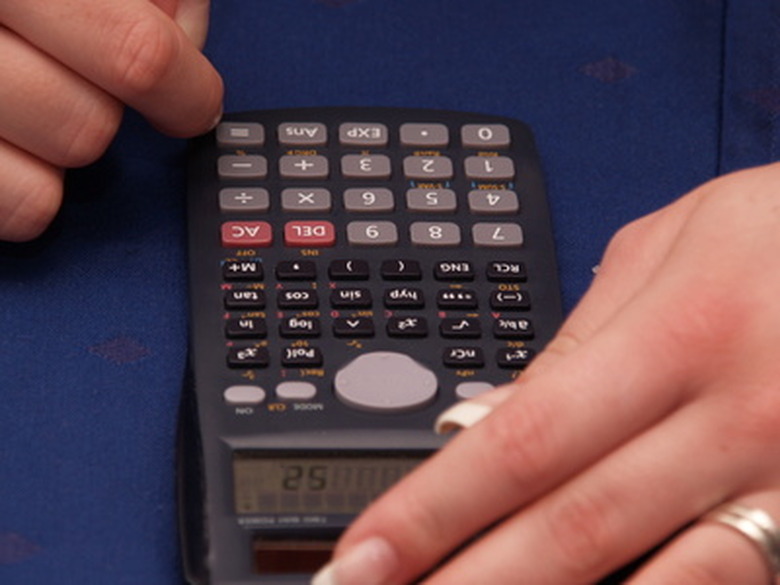Real Number Math Projects
The real number is a difficult concept to grasp for many introductory math students because it's abstract. The simplest way to define a real number is a number with real value. For example, the number 14 has real value, and so does the number -8. We understand what those numbers mean and can conceptualize them. Infinity, on the other hand, is a math concept with no real value. Infinity is not a real number then. The best way to solidify this point is with math projects that clearly explain the types of real numbers and their characteristics.
Real Number Relationship Box
Real Number Relationship Box
One of the best ways to understand real numbers is to see how they are related to other categories of numbers. In short, "real numbers" is an extremely broad term that encompasses just about every other number category. It may be helpful for children to see just how all-encompassing the definition is. Start by drawing a large box that represents real numbers. Then, draw the next largest category of numbers that fit into the the real number box: rational numbers (numbers that have a repeating pattern, such as 2/3 or 5). The next box will be integers, or all whole numbers, either positive or negative (for example, -2, -1, 0, 1, and 2). Integers will contain two smaller boxes: negative numbers and whole numbers. Finally, whole numbers will contain two boxes, one for the number zero and another for positive natural numbers (such as 1, 2 and 3).
This completes all the rational numbers that represent all real numbers. Now, draw a second large box next to the rational number box and label it "irrational numbers." This is the final category of real numbers you have not covered with this project. An irrational number is a number that does not have a repeating pattern, such as Pi. These numbers are real but fit in no other category.
Once the boxes have been drawn out, it will be easier for students to visualize the different types of real numbers and how they relate to each other.
Real Number Line
Real Number Line
A real number line is a simple project that will help children understand the different values a real number can have. First, draw a line and, in the center of the line, draw a hash mark that indicates the number zero. Next, draw other hash marks on either side of the zero to represent other numbers, either negative or positive. No matter what number is written down on the number line, it will be real. This project will help demonstrate that real numbers exist in a continuum. As long as the number can exist on the number line, it is a real number.
Real Numbers in Real Life
Real Numbers in Real Life
An out-of-classroom project that will help demonstrate that real numbers have real value is the "real numbers in real life" project. A student will identify all the numbers (or as many as possible) that they encounter in real life. This will include volume measurements on grocery items (e.g., ounces, liters) and speed limit signs. Then, the students will identify what the real number is measuring. For example, a student may show that a gallon of milk is 128 ounces. The student must explain that 128 is a real number that values how much milk is contained in a milk jug.
Real Number Characteristics
Real Number Characteristics
An important way to fully comprehend real numbers is to demonstrate their characteristics. A project that shows as many real number characteristics as possible will demonstrate actual mechanics. First, the basic types of real numbers should be identified: zero, whole numbers, negative numbers, fractions, decimals, integers and rational numbers. Next, general math characteristics of real numbers should be examined. For example, a real number squared (i.e., multiplied by itself) will always yield a positive number. So 2 x 2 will equal 4. Similarly, -2 x -2 also equals 4.
Cite This Article
MLA
Montoya, David. "Real Number Math Projects" sciencing.com, https://www.sciencing.com/real-number-math-projects-7858942/. 24 April 2017.
APA
Montoya, David. (2017, April 24). Real Number Math Projects. sciencing.com. Retrieved from https://www.sciencing.com/real-number-math-projects-7858942/
Chicago
Montoya, David. Real Number Math Projects last modified August 30, 2022. https://www.sciencing.com/real-number-math-projects-7858942/
